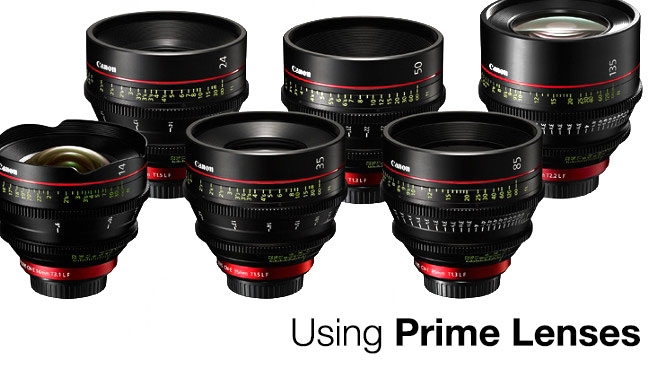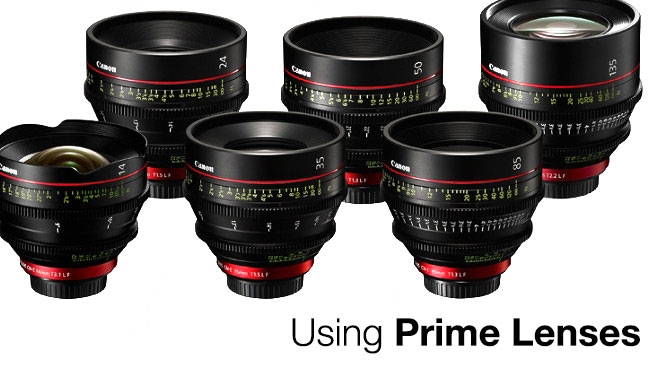
 Canon Cinema Primes
Canon Cinema Primes
RedShark Replay: When it comes to choosing lenses for a shoot, it's about more than just what needs to fit in frame. Peter Haas argues that a prime lens is usually the best choice, but which one?
We talked before about when you might want to use a zoom lens and a huge part of the appeal of the zoom lens is the practical nature of being able to quickly change the field of view.
Prime lenses have a fixed angle of view, meaning that if you're looking to change certain framing, you're going to have to either physically move the camera rig along the z-axis or change lenses.
While this can be time-consuming (and time is money!), there are some general advantages to using prime lenses.
Prime primer
Primes tend to be sharper with higher fidelity. There are fewer elements inside the barrel, meaning that there are fewer places where the incoming light can be distorted or diminished in quality. Similarly, with fewer elements in the lens, primes (generally) tend to be faster than zooms.
Let's take a look at the three most common types of primes you might want to use on your shoot: wide, portrait and long lenses.
Each one of these types of lenses brings a unique visual quality to the frame being crafted, which (without getting too deep into the semantics of film) can, in turn, transmit a different meaning to the audience.
For example, even if a close up is framed generally the same, that close up on a wide angle lens is going to communicate something much different than if captured with a normal portrait or a telephoto lens.
A wide lens has a field of view larger than which would appear "normal" to the human eye. While this means more picture in the frame. It also means you're going to get distortion, which will get more severe the closer an object gets to the camera. This distortion tends to elongate objects, pulling them out from the center in a circular pattern. Unless you're shooting with a fisheye (which is an extreme wide angle lens), this distortion isn't always noticeable, but can effect how objects move through space in your scene.
The most natural looking images will come from a portrait lens. To visualize how a shot might look on a portrait lens, just close one eye and do the infamous squaring off a frame with your hands bit. Images will have little to no distortion and flow normally through space.
Long lenses (it was pointed out by a friend of mine that calling all long lenses "Telephoto" is a mistake) magnify images normally far way and tend to distort space by compressing it. Backgrounds tend to be more easily thrown out of focus when using long lenses, making them a favorite with bokeh enthusiasts.
Now, this information doesn't only pertain to prime lenses. Since a zoom is just a lens with a selectable range of focal lengths, one can utilize a particular focal length to take advantage of the visual qualities we're about to discuss, but this information is particularly important when deciding on a prime.
Prime choice
Lens selection can be tricky, especially for those who are just starting out. The laziness of some modern popular television and cinema has taught viewers to accept zooms and mismatched focal lengths as standard fair, while others seem to focus on making everything feel 'normal' all of the time.
What complicates things further is the fact that a lens that might be wide on one camera might not be on another. This has to do with issues of crop factor and Phil Rhodes has discussed the issue at length. If you're wondering how a particular lens will perform on your camera, I recommend checking out this Field of View Comparator put together by the folks at Abel Cine.
One of the most difficult things to learn to balance in any craft is finding the right mix of practical and aesthetic. It's the difference between "oh! I got the shot!" and "oh! I got the shot and it says what I want it to mean!"
Using primes - and choosing the right one - gives you a better chance of being in the latter camp.
Tags: Production


Comments